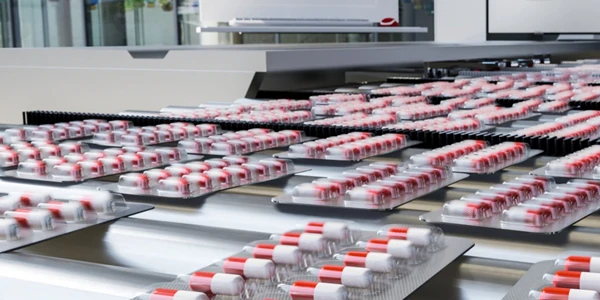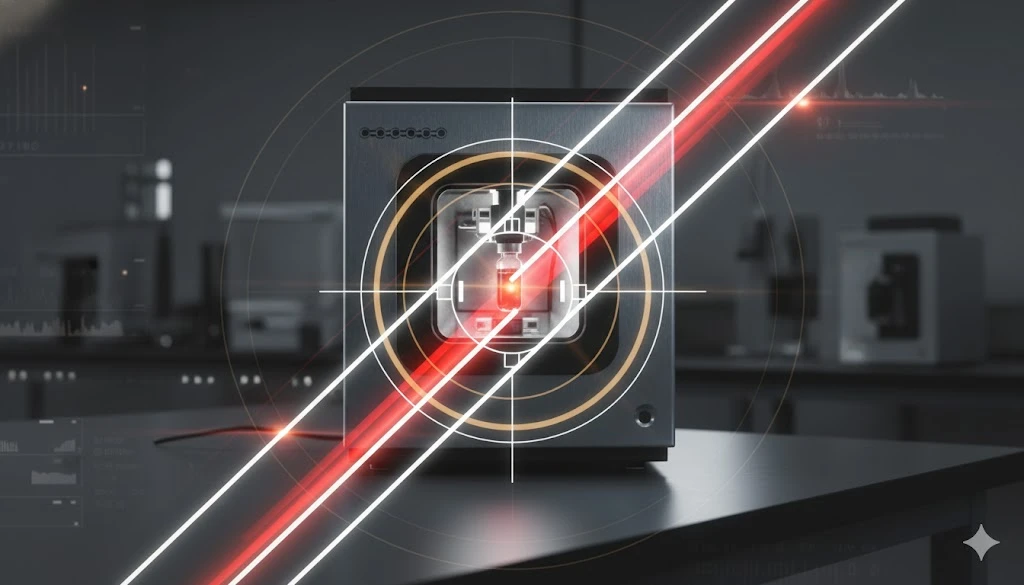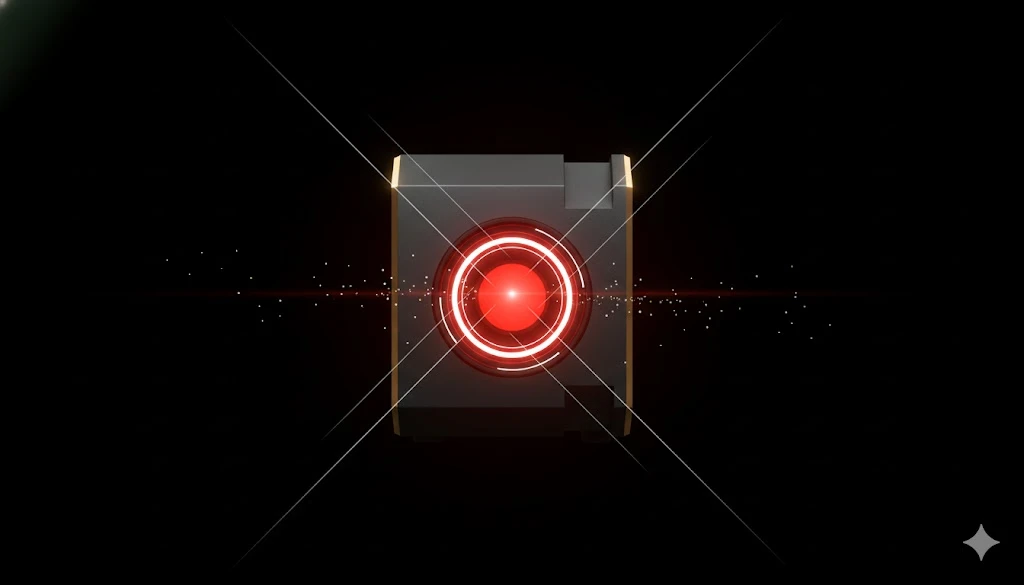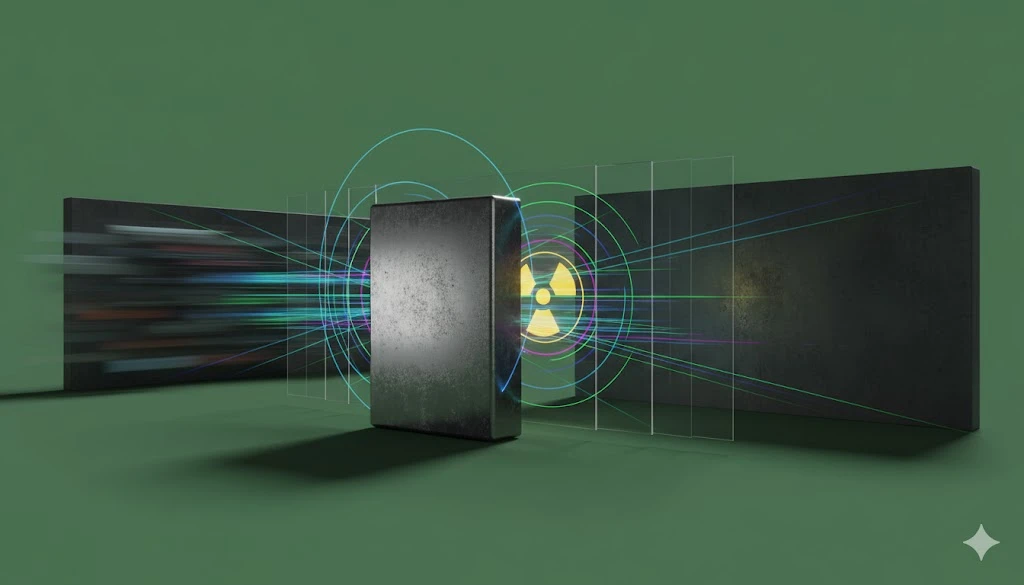Reducing Your Footprint: Environmental Impact and Sustainability Features of Lab Balances

Here’s what to consider when evaluating the environmental impact and sustainability features of lab balances:
1. Energy Efficiency
Why it matters: Lab balances often run continuously or are left idle for long periods. Energy-efficient models help lower overall lab power consumption.
What to look for:
- Low-power standby and sleep modes
- Efficient display technology (e.g., LED or LCD with auto-dimming)
- Smart sensors that activate weighing only when needed
2. Power Management
Why it matters: Balances with advanced power controls reduce wasted electricity and support remote or off-grid labs.
What to look for:
- Programmable shut-off timerUSB-powered or low-voltage operation
- Rechargeable battery options for portability and reduced waste
3. Eco-Friendly Manufacturing
Why it matters: How a balance is made and where it comes from can influence its environmental footprint.
What to look for:
- Manufacturing facilities powered by renewable energy
- ISO 14001-certified environmental management systems
- Reduced packaging and recyclable materials
4. Materials and Durability
Why it matters: Durable balances last longer, reducing e-waste and the need for replacements.
What to look for:
- Corrosion-resistant, recyclable materials (e.g., stainless steel, aluminum)
- Modular components for easier repair or part replacement
- Minimal use of non-recyclable plastics or coatings
5. Digital Integration & Paperless Operation
Why it matters: Supporting digital data workflows reduces the need for printouts and consumables.
What to look for:
- Direct data export to LIMS or cloud storage
- Electronic signature support (for compliance and traceability)
- Printer-free operation or eco-mode printing settings
6. Lifecycle and End-of-Life Planning
Why it matters: Responsible equipment disposal and recycling help close the loop.
What to look for:
- Manufacturer take-back programs
- Clear end-of-life recycling instructions
- Serviceable parts to extend balance lifespan
Conclusion
Sustainability in the lab starts with smarter equipment choices. By selecting a lab balance with energy efficiency, responsible manufacturing, and durable, recyclable design, you can reduce your lab’s carbon footprint while still meeting the highest standards for precision and compliance.










